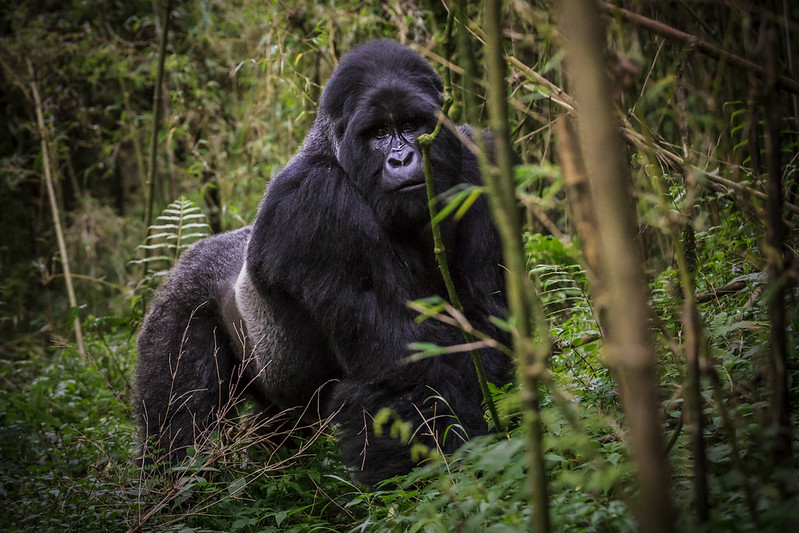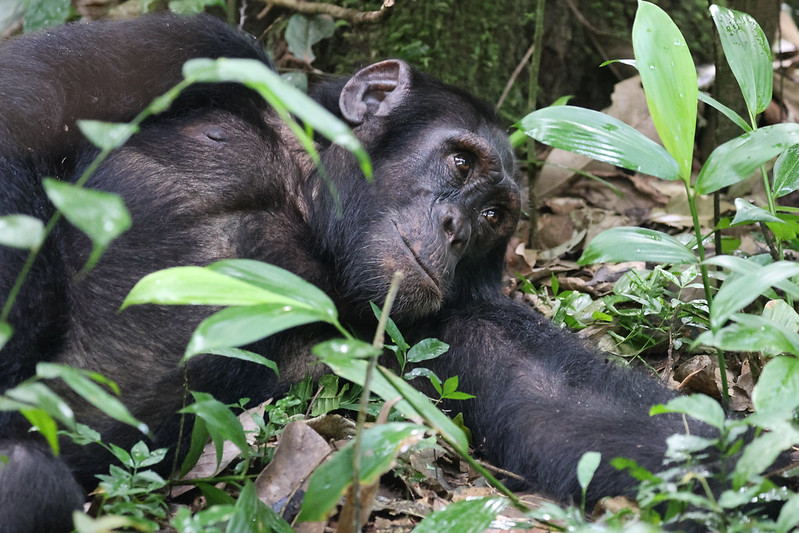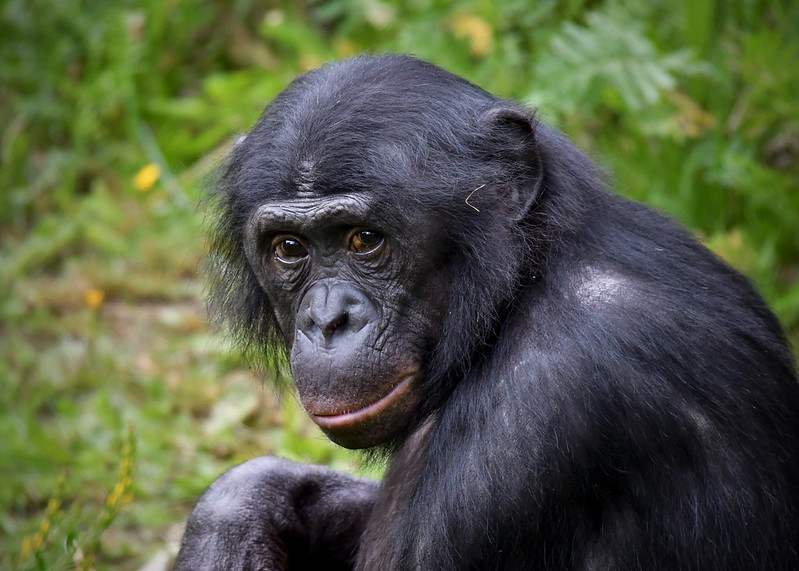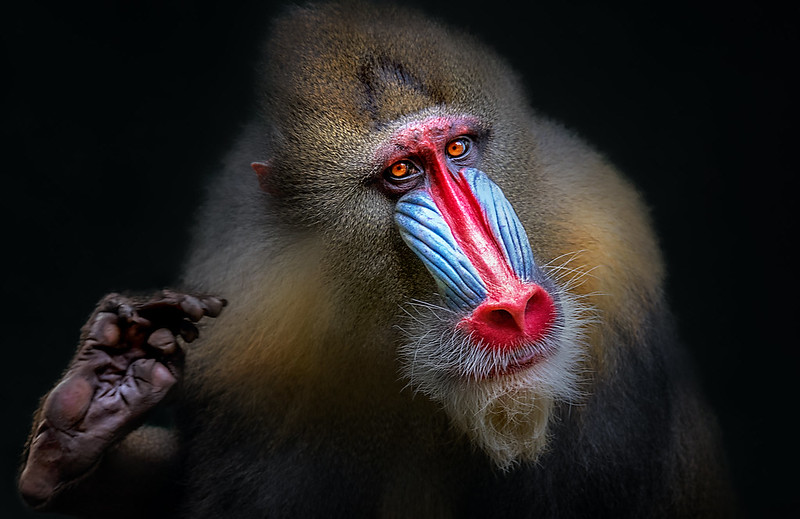
November 23, 2023
Endangered Primates in Africa: A Call for Conservation
Africa is a continent of unparalleled biodiversity, home to some of the world’s most fascinating and endangered primates. These remarkable creatures, from the majestic mountain gorillas to the elusive and enigmatic lemurs, are not only vital to their ecosystems but also irreplaceable treasures of our natural heritage.
Unfortunately, many of these primates are facing severe threats from habitat loss, poaching, and climate change. In this blog post, we will explore the plight of some of Africa’s most endangered primates and highlight the urgent need for conservation efforts to protect these incredible animals for future generations.
Mountain Gorillas: Gentle Giants of the Forest
Habitat and Distribution
Mountain gorillas (Gorilla beringei beringei) are found in the forested mountain regions of the Democratic Republic of Congo, Rwanda, and Uganda. These majestic primates live in two main populations: one in the Virunga Volcanoes region and the other in Bwindi Impenetrable National Park.
Threats and Conservation
Mountain gorillas face significant threats from habitat destruction, poaching, and disease. Despite these challenges, dedicated conservation efforts have led to a gradual increase in their population. The work of organizations like the Dian Fossey Gorilla Fund and the International Gorilla Conservation Programme has been instrumental in protecting these gentle giants. Eco-tourism also plays a crucial role, providing funding for conservation while fostering a deeper connection between humans and these remarkable primates.
Chimpanzees: Our Closest Cousins
Habitat and Distribution
Chimpanzees (Pan troglodytes) are found across central and western Africa, inhabiting a range of environments from tropical rainforests to savannahs. They are highly social animals, living in communities that can range from a few individuals to over a hundred.
Threats and Conservation
Chimpanzees are endangered due to habitat loss, bushmeat hunting, and the illegal pet trade. Conservation organizations such as the Jane Goodall Institute have been at the forefront of efforts to protect chimpanzees through habitat conservation, anti-poaching measures, and community education programs. Sanctuaries and rehabilitation centers also provide safe havens for rescued chimpanzees, offering them a chance at a new life.
Bonobos: Peaceful Primates of the Congo
Habitat and Distribution
Bonobos (Pan paniscus), sometimes referred to as pygmy chimpanzees, are found only in the Democratic Republic of Congo, south of the Congo River. They inhabit the dense, swampy rainforests of the region.
Threats and Conservation
Bonobos are critically endangered due to habitat destruction, bushmeat hunting, and civil unrest in their native range. Conservation efforts by organizations like the Bonobo Conservation Initiative focus on protecting bonobo habitats, supporting local communities, and conducting research to better understand these peaceful primates. Community-based conservation programs are particularly important, as they help ensure that local people have a stake in the survival of bonobos.
Lemurs: Madagascar’s Unique Treasures

Habitat and Distribution
Lemurs are found only in Madagascar, an island nation off the southeastern coast of Africa. There are over 100 species of lemurs, ranging from the tiny mouse lemur to the large indri. Each species is adapted to its unique habitat, from rainforests to dry deciduous forests.
Threats and Conservation
Lemurs are among the most endangered primates in the world, primarily due to habitat destruction from slash-and-burn agriculture, logging, and mining. The illegal pet trade also poses a significant threat. Conservation organizations like the Lemur Conservation Foundation and the Duke Lemur Center are working tirelessly to protect lemurs through habitat preservation, captive breeding programs, and community education initiatives. Ecotourism also plays a vital role in generating revenue for conservation and raising awareness about the plight of these unique primates.
Drills and Mandrills: Colorful Forest Dwellers
Habitat and Distribution
Drills (Mandrillus leucophaeus) and mandrills (Mandrillus sphinx) are found in the dense rainforests of West and Central Africa. Drills inhabit parts of Nigeria, Cameroon, and Equatorial Guinea, while mandrills are found in Gabon, Congo, and Cameroon.
Threats and Conservation
Both drills and mandrills face significant threats from habitat destruction and hunting. The Pandrillus Foundation and other conservation organizations are dedicated to protecting these colorful primates through habitat conservation, anti-poaching efforts, and community engagement. Wildlife sanctuaries like the Drill Ranch in Nigeria provide safe havens for rescued drills, allowing them to live in a protected environment.
Conservation: A Shared Responsibility
The survival of Africa’s endangered primates depends on the concerted efforts of governments, conservation organizations, local communities, and individuals. Here are some ways we can all contribute to their conservation:
- Support Conservation Organizations: Donate to or volunteer with organizations dedicated to primate conservation.
- Promote Sustainable Practices: Advocate for sustainable land-use practices that protect primate habitats.
- Educate and Raise Awareness: Share information about the plight of endangered primates and the importance of conservation.
- Responsible Tourism: Participate in eco-tourism activities that support conservation efforts and respect wildlife.
Africa’s endangered primates are a vital part of our planet’s biodiversity and our shared heritage. By working together, we can ensure that these remarkable animals continue to thrive in the wild for generations to come. Let’s take action now to protect and preserve the incredible primates of Africa.
Contact us today to learn more about how you can get involved in primate conservation!







